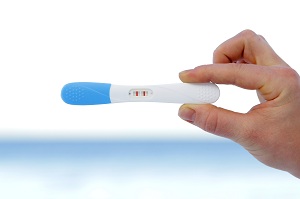An international research team analyzed more than 1 million Finnish pregnancies. According to the findings, high levels of DDT in maternal blood increase the risk of autism for children. It is the first time that a study links the insecticide to the disease. The study was led by researchers at Columbia University, in collaboration with the University of Turku.
The researchers followed 1 million pregnancies between 1987 and 2005, among which they identified 778 cases of autism. They then compared the data of the mothers of autistic children with those of the mothers of healthy children. In particular, they searched for traces of DDE in blood samples taken in the early stages of gestation. This is a metabolite of DDT, or a product resulting from the assimilation of DDT.
According to the data, women with high levels of DDE in their blood were twice as likely to give birth to an autistic child. To have more reliable data, researchers also took into account risk factors such as maternal age and genetic predisposition. The adjustments confirmed what emerged at first. This means that prenatal exposure to DDT could cause autism.
DDT is illegal both in the United States and in Finland, but its traces persist in the food chain. It will take decades before they disappear completely and while they continue to influence us. The substance is able to cross the placenta, so it is also dangerous for the fetus.
Source: mailman.columbia.edu
Add a comment





